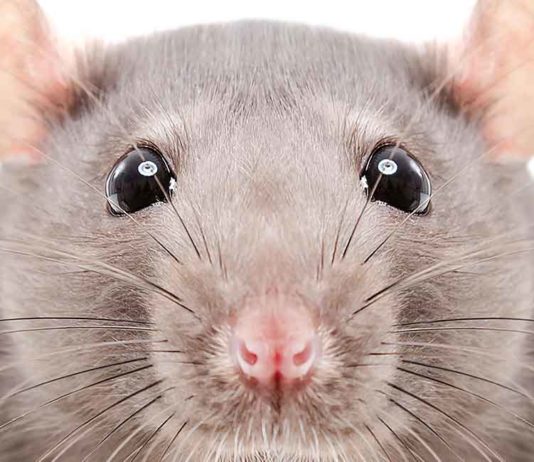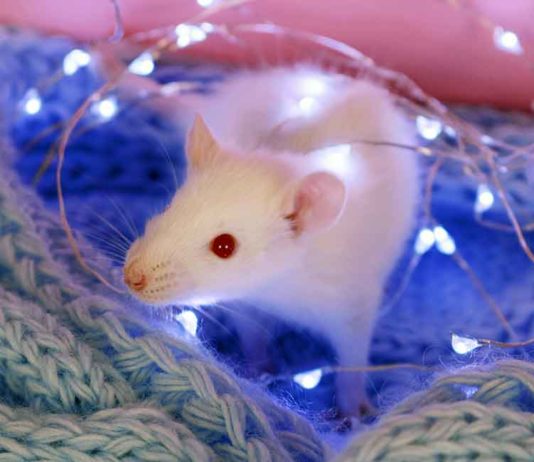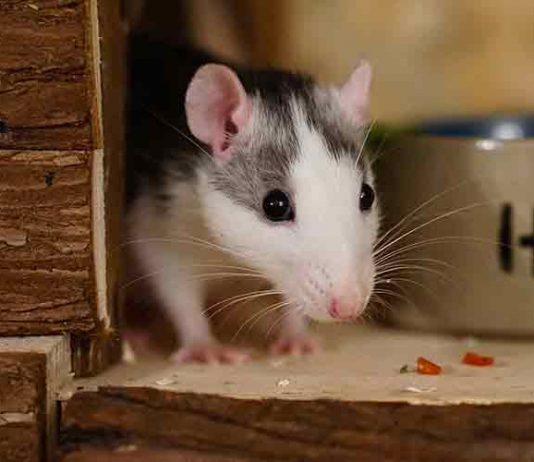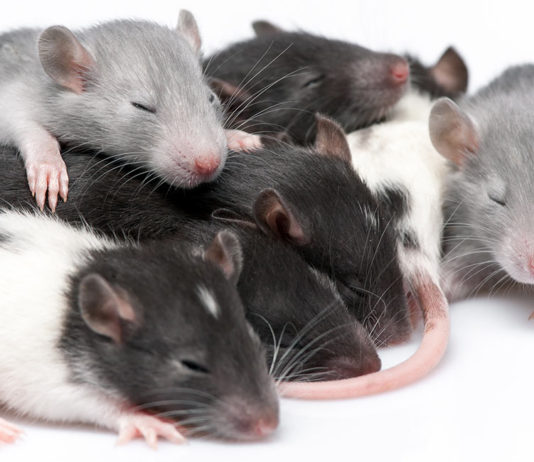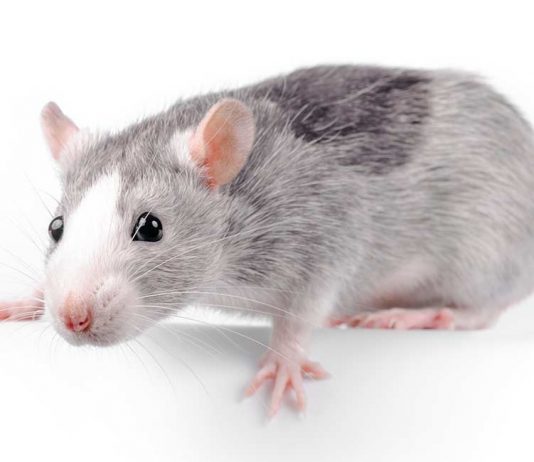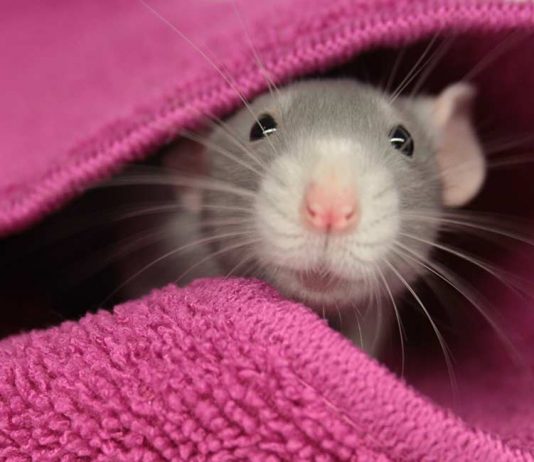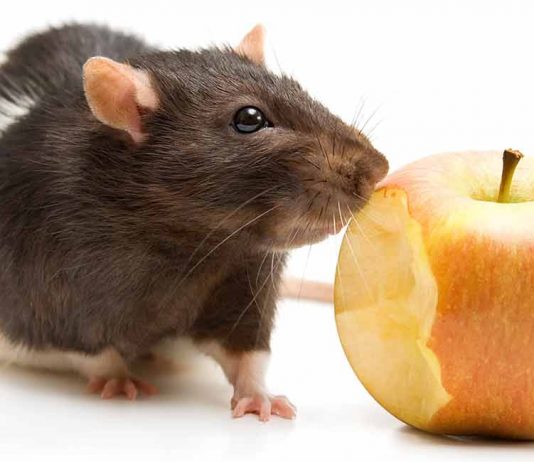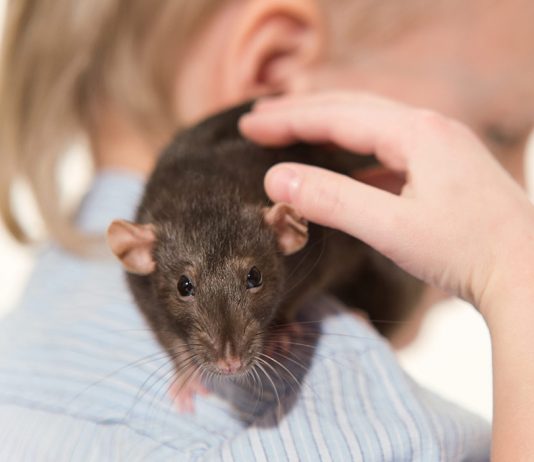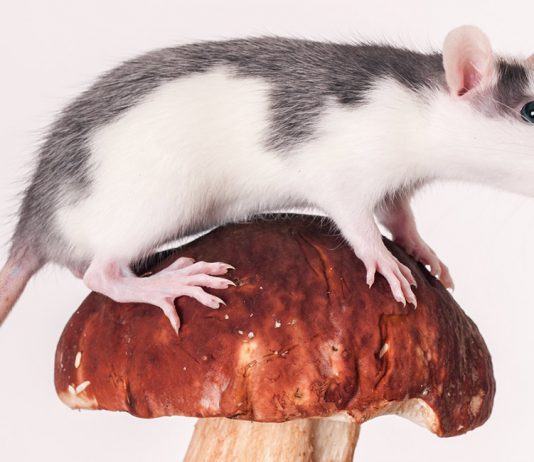The great thing about rat names is they can be a bit of a statement. They can reflect your interests and passions, and even your sense of humor. You don't want your rat to have a boring, everyday name. Or a name that...
An albino rat is a white rat with red eyes. They are smart, affectionate, social and active creatures. Albino rats make great family pets for older kids to adults. With regularly handling and lots of space they quickly become very tame and friendly. Today we'll...
Welcome to our complete guide to rat cage size! Helping you select the right new indoor rat cage house for your furry new pet. So let’s find out – how big should a rat cage be?
https://youtu.be/Bl4ngC3ISs4
If you are thinking about adding a new pet rat to your home life,...
In this article we chart baby rat care and development. We’re covering the time right from the day they're born until they're ready to come home and start a new life in your family. We'll find out what newborn baby rats are like and trace the milestones of their...
Dumbo rats are the same species as other rats, but have large, circular ears that are much lower on their heads than normal rats.
From their nose to the end of their tail, they can measure up to 18 inches! They can weigh between 0.5 pounds, and 1.5 pounds, with...
Rat colors come in an amazing array of shades and patterns. But they all follow specific genetic guidelines.
Because the laboratory rat, or Rattus Norvegicus, was the first mammal used for laboratory research, the study of the genetics of rats had an early start.
The genetic study of the rat has...
Can rats swim? The question of whether our pet rats are able to swim and whether or not our pet rats like to swim are two different things entirely.
Many people enjoy watching their pets go swimming. The internet is saturated with videos of dogs diving into pools or lakes,...
Today we are going to share 25 safe foods for rats, and 20 that could be dangerous. We will let you know how to pick foods your rats can safely have, and help you to provide your pet rat with a diet that is healthy.
From the smallest of the...
Are you wondering if pet rats are for you? Do rats make good pets?
Pocket pets such as domestic or fancy rats make wonderful pets. Contrary to popular stereotypes, these warm-blooded mammals aren’t icky, scary, or dirty.
Pet rats are clean, smart and friendly. They live in groups and can bond...
It’s time to look at an important question. Can rats eat mushrooms?
Everyone wants their pet rat to be happy and healthy. And diet plays a huge part in this!
In order for your pet rats to be healthy, they simply must have a balanced diet. This means that on top...

